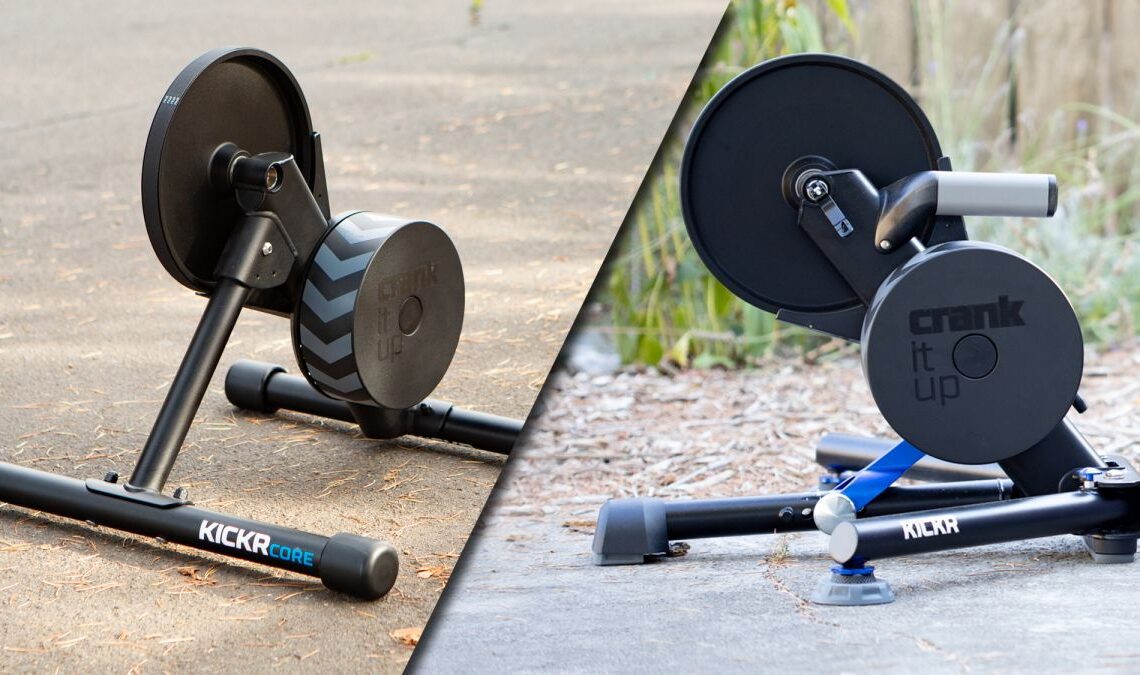At one-point indoor riding was like some kind of torture. It was a terrible experience that typically involved staring off into the distance trying to imagine beyond the wall of a dimly lit garage or basement and praying for the end to come soon. Some would use a stopwatch and heart rate monitor to do intervals and many would put on a movie and try to transport their minds somewhere else. Thankfully, that experience is long gone.
Today, indoor riding is an important part of the wider cycling experience. There are still some that see it as a necessary evil for winter training but that’s more of a choice now. For most modern cyclists it’s one piece of the riding they do. In fact, when doing highly specific training it’s become the standard. There are also a lot of riders who use it to find community and as a competitive outlet.
The one thing that everyone who rides indoors will share in common is the need for an indoor trainer of some kind. We have a list of the best smart trainers to help you make a choice but we also get a lot of questions from people trying to decide how much makes sense to spend. The price options on our list are incredibly vast and no brand wants to tell you one of their products isn’t worth buying. That means it’s tough to know what the difference is. If you are looking to upgrade your trainer, or get one for the first time, keep reading to learn about what more money buys and if that makes sense for you.
The least expensive option
At the most affordable end of the cheap vs expensive bike trainer comparison sits the wheel-on trainer with no smart components. Back in the dark days of indoor cycling, this is what almost all indoor training involved and there are still options in this space. The basic idea is that you replace the rear axle of your bike and clamp the new axle into a device that pushes a roller against the rear tyre providing resistance.
When these types of trainers were most common, essentially all bikes used quick-release axles. That meant it was no problem to slide the quick release out and the replacement in. These days a lot of bikes have a thru-axle design where it’s a little more difficult but there’s almost always an option for your trainer no matter what the axle standard your bike uses. If you are having a really tough time finding a solution, you can always…
Click Here to Read the Full Original Article at CyclingNews RSS Feed…

